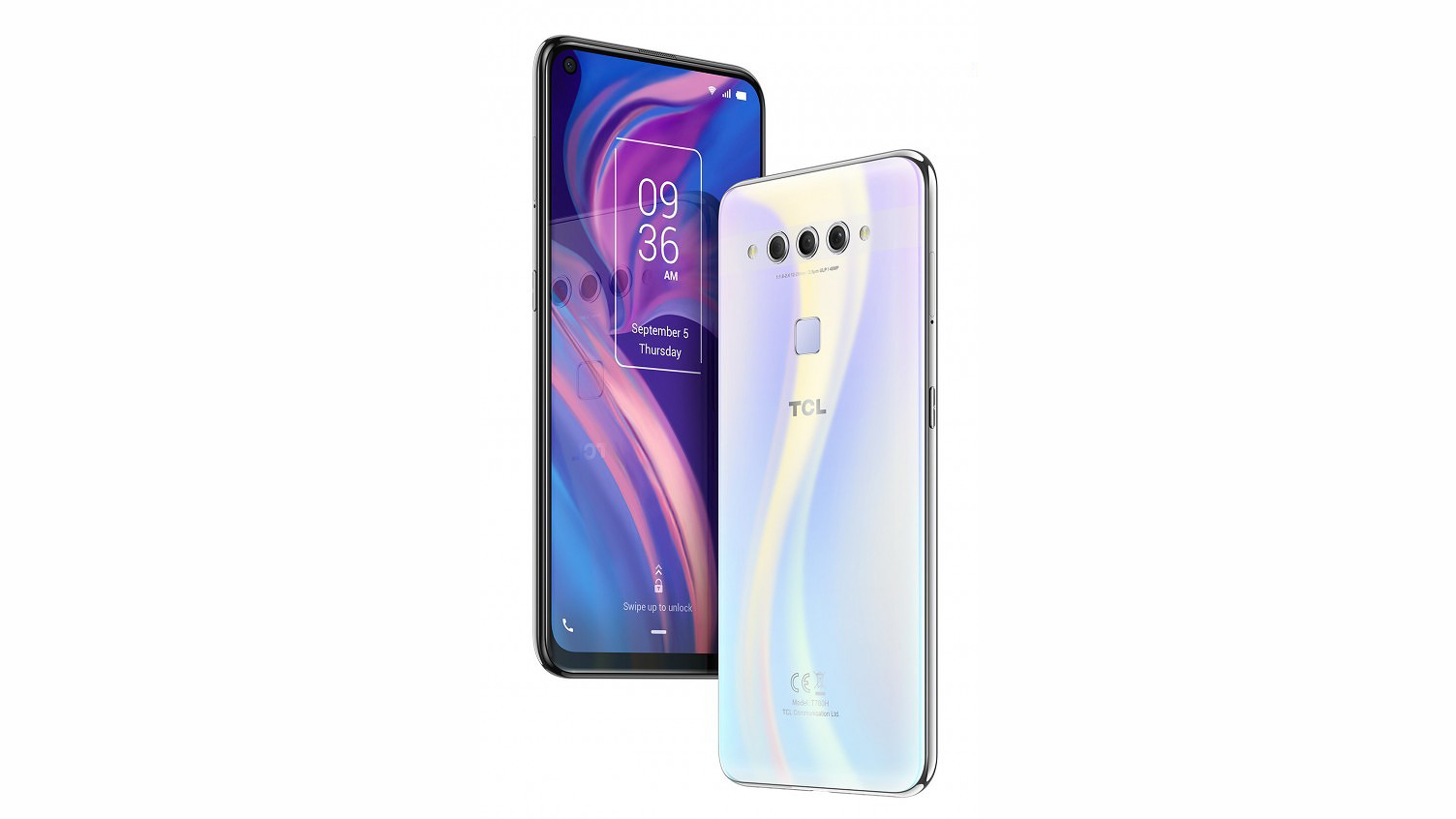The Plex Is TCL's Bold Step Into Making Its Own Smartphones
And it's extremely affordable

You've likely heard of TCL, a company best known today for producing TVs, and as a supplier for various other tech brands and appliance makers. What you may not know is that TCL also has quite a lot of experience building smartphones for BlackBerry and Alcatel.
This week, at the IFA 2019 event in Berlin, TCL stepped out of the shadows and introduced its first-ever phone emblazoned with its own name. It's called the Plex, and it's quite a statement about the direction TCL wants to take its new mobile endeavor.
TCL isn't bursting out of the gate with a Snapdragon 855-powered flagship with a pop-out camera that's unattainable to the general public. Rather, the firm has decided to build something decidedly more modest, that it believes budget buyers will notice.
The result is a mid-range handset that aims to stand out in two particular ways: First, with photography, and second, with a state-of-the-art display.
TCL Plex price and release date
The TCL Plex will cost €329 or the equivalent of $363 in the U.S.
TCL isn't opting for a global release just yet. First, the company will target a few European countries before the end of 2019; beyond that, it's anyone's guess. If the reaction is favorable, it very well could end up a wider release.
Cameras
Each of the three cameras on the back of the Plex is built to serve a different purpose. The party piece is the primary 48-megapixel Sony sensor. Cheap phones that capture a lot of pixels seems to be the emerging trend out of IFA this year, as the Nokia 7.2 and Motorola One Zoom also feature 48-MP sensors of their own.
Sign up to get the BEST of Tom's Guide direct to your inbox.
Get instant access to breaking news, the hottest reviews, great deals and helpful tips.
In addition to that shooter, there's a 16-MP ultrawide lens, and another 2-MP camera backed by a huge 2.9μm sensor that's solely tasked with harnessing as much light as possible in dim conditions. A set of specialized software algorithms, dubbed Super Night Mode, assist to get the most out of challenging photo ops.
TCL Plex display
And what about that display? While it happens to be of the LCD variety, it's actually more cutting edge than you'd think. The gigantic 6.53-inch full-HD+ panel supports HDR, and can convert SDR content using TCL's Nxtvision engine. When activated, this mode will enrich contrast, sharpen edges of objects and on-screen elements and pump up hues. Oh yeah, and there's a hole-punch cutout for the camera in the upper-left corner.
Performance
None of this is to say the rest of the Plex isn't worthy of your attention. This device is powered by the same Snapdragon 675 chipset Motorola is stuffing into the Motorola One Zoom. TCL gives you more RAM than Moto does, too — 6GB rather than 4GB — and a generous 128GB of storage built in. (Though microSD cards are welcome, in case that's still not enough room for all your stuff.)
A Bluetooth boost
Normally, we don't highlight a particular smartphone's Bluetooth capabilities, but the Plex is different, because it can support up to four concurrent Bluetooth connections at once. That's a rare and impressive feat, and potentially an extremely useful one, given the range of wireless accessories people tend to have tethered to their phones all the time these days.
TCL Plex vs the competition
This all starts to become impressive once you consider that Motorola is charging $449 for the One Zoom. The Plex costs the equivalent of $363. That's nearly a full hundred dollars less, and you're getting more power, a fancier display and a similarly powerful camera.
Outlook
At least on paper, TCL's debut handset has all the makings of a budget winner. Stay tuned four our hands-on impressions.
Adam Ismail is a staff writer at Jalopnik and previously worked on Tom's Guide covering smartphones, car tech and gaming. His love for all things mobile began with the original Motorola Droid; since then he’s owned a variety of Android and iOS-powered handsets, refusing to stay loyal to one platform. His work has also appeared on Digital Trends and GTPlanet. When he’s not fiddling with the latest devices, he’s at an indie pop show, recording a podcast or playing Sega Dreamcast.
